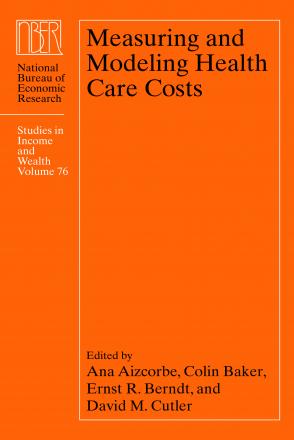The Regulation of Prescription Drug Competition and Market Responses: Patterns in Prices and Sales following Loss of Exclusivity

We examine six molecules facing initial loss of US exclusivity (LOE, from patent expiration or challenges) between June 2009 and May 2013 that were among the 50 most prescribed molecules in May 2013. We examine prices per day of therapy (from the perspective of average revenue received by retail pharmacy per day of therapy) and utilization separately for four payer types (cash, Medicare Part D, Medicaid, and other third party payer – TPP) and age under vs. 65 and older. We find that quantity substitutions away from the brand are much larger proportionately and more rapid than average price reductions during the first six months following initial LOE. Brands continue to raise prices after generics enter. Expansion of total molecule sales (brand plus generic) following LOE is an increasingly common phenomenon compared with earlier eras. The number of days of therapy in a prescription has generally increased over time. Generic penetration rates are typically highest and most rapid for TPPs, and lowest and slowest for Medicaid. Cash customers and seniors generally pay the highest prices for brands and generics, third party payers and those under 65 pay the lowest prices, with Medicaid and Medicare Part D in between. The presence of an authorized generic during the 180-day exclusivity period has a significant impact on prices and volumes of prescriptions, but this varies across molecules.
-
-
Copy CitationMurray L. Aitken, Ernst R. Berndt, Barry Bosworth, Iain M. Cockburn, Richard Frank, Michael Kleinrock, and Bradley T. Shapiro, Measuring and Modeling Health Care Costs (University of Chicago Press, 2013), chap. 8, https://www.nber.org/books-and-chapters/measuring-and-modeling-health-care-costs/regulation-prescription-drug-competition-and-market-responses-patterns-prices-and-sales-following.Download Citation


